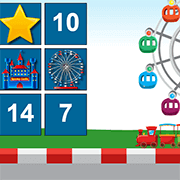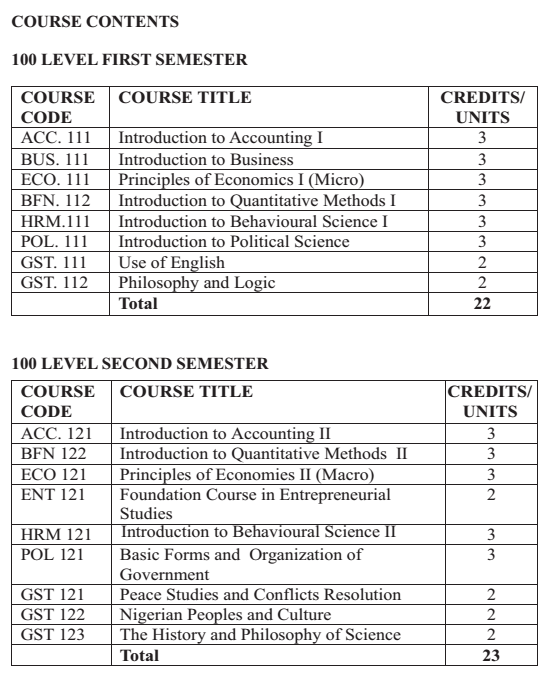
To practice addition and subtraction in one-step, use a cooperative card game
Students will practice using one-step equations to add and subtract positive and negative integers in this cooperative card game. This game requires students work together on the same problem to find their solutions and to share them with one another. Each student gets an equal amount of cards.
This card game allows you to practice one-step equations and introduce them quickly. It can be played in partners, small groups, or as a whole class activity. Each player chooses five cards and discards the rest.

Sudoku
Sudoku puzzles are an excellent way to teach math and critical thinking skills to children. You can make them as easy as a 4x4 or as difficult as a 9x9 puzzle. Sudoku is suitable for all ages: kindergarteners can play it, as well as 7th graders.
Sudoku puzzles have a similarity to crosswords, but the numbers of the crossword are more complex. The goal is to fill a grid with the same numbers. These numbers range from one to nine. First, you will need to locate duplicates for the same number. Next, you will need to look for the third duplicate.
Millionaire quiz
Millionaire quizzes can be a great way for students to learn math concepts. The millionaire math game is no different. Students will be able to learn about prime numbers, their properties, as well as solve problems that involve the order and consequences of operations. It reinforces concepts like variables and exponents. The game has several difficulty levels that allow players to pick the challenge that suits them best.

Through this game of math, students will learn a range of skills including subtraction and addition. They can also play it with their friends as a group, which is an excellent way to reinforce skills.
FAQ
What are some possible ways to receive scholarships?
Scholarships are grants that can be used to pay college costs. There are many types available in scholarships. These are:
-
Federal Grants
-
State Grants
-
Student Loans
-
Work Study Programs
-
Financial Aid
Federal grants are direct from the U.S. government. Most federal grants require applicants to meet certain requirements. To demonstrate financial need, applicants must meet certain requirements.
State grants can be offered by the individual states. State grants can be offered by each state based upon financial need, while others are given for specific purposes.
Banks and other lending agencies can provide student loans. Students usually borrow money to cover tuition and living costs.
Employers should be encouraged to use work-study programs to help them hire qualified students. Employers are required by law to pay minimum wage.
Financial aid is available to help low-income families pay for college. It covers all or most of the tuition costs.
What is early childhood education?
Early Childhood Education refers to a field dedicated to helping children become happy, healthy adults. It involves everything from teaching children to read to preparing for kindergarten.
Early childhood education's goal is to help children learn through age-appropriate experiences.
Early childhood educators are frequently called upon by parents to assess the developmental needs and abilities of any child they encounter. This assessment helps determine whether a particular program would benefit each individual child.
Parents can also interact with teachers and other professionals with experience with young children through early childhood programs.
As parents, they play a vital role in early childhood education. They must know how to properly care for their children and offer guidance and support when needed.
Parents can also take part in activities that teach skills to their children for the rest of their lives.
Sometimes, early childhood education is also called preschool education. However this term is interchangeable with daycare centers. Prekindergarten education typically begins around three years, while early childhood education generally starts at three.
What salary does an early childhood teacher earn? (earning potential)
The average salary for a teacher in early childhood is $45,000 per year.
However, there are areas where salaries tend to be higher than average. For example, teachers in large urban school districts typically receive more pay than those in rural schools.
Salaries also depend on factors like how large the district is, and whether or non-degree-holding teachers.
Teachers are often paid less than other college graduates, simply because they have little experience. But their earnings can rise significantly over time.
Are there any skills that are required to excel in my chosen area?
Writing skills are essential for lawyers. If you want to be a nurse, you must be able to communicate well with patients. If you want to become an accountant, you'll need excellent math skills. These are just some examples. Think about all the things you enjoy doing. What type of job would allow you to do these things again? An engineer is someone who can design structures and machines. In order to excel in this area you will also need to master basic math. Understanding statistics and numbers is essential to success in business. If you want to pursue a career as a teacher, you'll need good communication skills. You must be able and willing to help others learn.
How long does it take for an early childhood teacher to become certified?
It takes four years to complete a bachelor's degree in early childhood education. Two years will be spent taking the general education courses required of most universities.
After your undergraduate studies, most people enroll in graduate school. This allows you to become a specialist in a specific area of study.
You could, for example, choose to study learning disabilities or child psychology. After completing your master's you will need to apply to a teacher training program.
This process may take another year. During this period, you will work with experienced educators to gain real-world knowledge.
Final, you must pass the state exam before you can start teaching.
This process can take many years. Therefore, you won't immediately be able jump into the workforce.
Statistics
- “Children of homeowners are 116% more likely to graduate from college than children of renters of the same age, race, and income. (habitatbroward.org)
- They are more likely to graduate high school (25%) and finish college (116%). (habitatbroward.org)
- Globally, in 2008, around 89% of children aged six to twelve were enrolled in primary education, and this proportion was rising. (en.wikipedia.org)
- Data from the Department of Education reveal that, among 2008 college graduates, 92.8 percent of humanities majors have voted at least once since finishing school. (bostonreview.net)
- And, within ten years of graduation, 44.1 percent of 1993 humanities graduates had written to public officials, compared to 30.1 percent of STEM majors. (bostonreview.net)
External Links
How To
What is vocational education?
Vocational Education, which is an educational system that prepares high school students for jobs after college or high school, provides them with training in specific skills required for a job (e.g. welding). You can also get on-the job training through apprenticeship programs. Vocational Education is different than general education. It focuses on specific careers and not learning broad knowledge for the future. The goal of vocational education is not necessary to prepare people for university study but to help them find jobs upon graduation.
Vocational education could be offered at all levels, including primary schools, secondary school, colleges and universities, technical schools, trade schools as well community colleges, junior college, and four-year schools. You can also find specialized schools such a culinary arts school, nursing school, law school, medical schools or dental schools. Many of these schools provide both academic instruction as well as practical experience.
A number of countries have made significant investments in vocational education over recent decades; for example, Australia, Denmark, Finland, Germany, Ireland, Japan, Luxembourg, New Zealand, Norway, Poland, Sweden, Switzerland, the United Kingdom, and the United States. The effectiveness of vocational training is still a controversial topic. Some critics claim it is not effective in improving students' employability. Others argue that it helps them prepare for life after school.
According to the U.S. Bureau of Labor Statistics 47% of American adults have a postsecondary certificate. This number is higher for those with higher education. 71% of 25-29-year-olds have a bachelor's or higher degree and are employed in areas that require postsecondary credentials.
The BLS reported in 2012 that almost half of all adults had some type of postsecondary credential. A third of Americans have a two-year associate's degree and 10% hold a four year bachelor's degree. One in five Americans has a master's or doctorate.
In 2013, the median annual wage for persons holding a bachelor's degree was $50,900, compared to $23,800 for those without a degree. For advanced degrees, the median annual wage was $81,300.
The median wage for those who didn't complete high school was $15,200. For those who did not complete high school, the median annual salary was only $15,200.